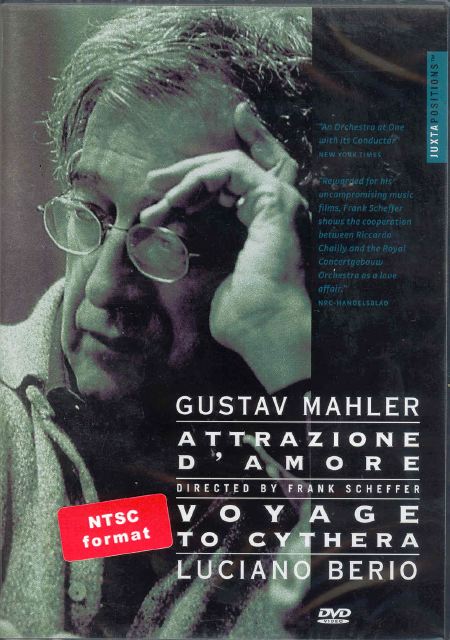American composer Tom Myron was born November 15, 1959 in Troy, NY. His compositions have been commissioned and performed by the Kennedy Center, the United States Holocaust Memorial Museum, the Portland Symphony Orchestra, the Eclipse Chamber Orchestra, the Atlantic Classical Orchestra, the Eastern Connecticut Symphony Orchestra, the Topeka Symphony, the Yale Symphony Orchestra, the Civic Orchestra of Chicago, the Bangor Symphony and the Lamont Symphony at Denver University.
He works regularly as an arranger for the New York Pops at Carnegie Hall, writing for singers Rosanne Cash, Kelli O'Hara, Maxi Priest & Phil Stacey, the Young People's Chorus of New York City, the band Le Vent du Nord & others. His film scores include Wilderness & Spirit; A Mountain Called Katahdin and the upcoming Henry David Thoreau; Surveyor of the Soul, both from Films by Huey.
Individual soloists and chamber ensembles that regularly perform Myron's work include violinists Peter Sheppard-Skaerved, Elisabeth Adkins & Kara Eubanks, violist Tsuna Sakamoto, cellist David Darling, the Portland String Quartet, the DaPonte String Quartet and the Potomac String Quartet.
Tom Myron's Violin Concerto No. 2 has been featured twice on Performance Today. Tom Myron lives in Northampton, MA. His works are published by MMB Music Inc.
FREE DOWNLOADS of music by TOM MYRON
Symphony No. 2
Violin Concerto No. 2
Viola Concerto
The Soldier's Return (String Quartet No. 2)
Katahdin (Greatest Mountain)
Contact featuring David Darling
Mille Cherubini in Coro featuring Lee Velta
This Day featuring Andy Voelker
|
|
|
|
| 
Friday, October 12, 2007
Voyage to Cythera

As we all know, October is Berio Month here in the Happy Valley. The ichi ban composer of the XXth Siècle would have been 82 this October 24th. Over the next few days I'll attempt to point out some scores, books, CDs & DVDs that I believe are of particular importance in helping listeners obtain a just & righteous grasp of the maestro's massive contribution to our music.
My first suggestion: log on to your netflix account and order up Voyage to Cythera. After two viewings you will begin to appreciate the sheer semantic awesomeness of part three of Sinfonia (and, if you're like me, you'll probably also want to start hanging out with Ricarrdo Chailly; seems like a really great guy.) The core of Berio's aesthetic might reasonably be summed up as a search for processes of transformation by which we might grasp sound as it becomes sense. This was an issue that Berio began working with in the late 50s, but Sinfonia is the reactor in which that fusion occured for the first time on a devastating scale. I think it's our Le Sacre du Printemps.
posted by Tom Myron
|
| |



